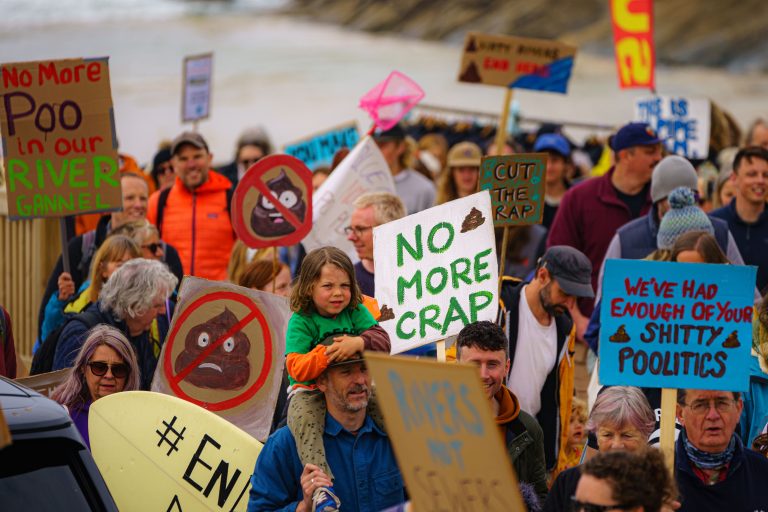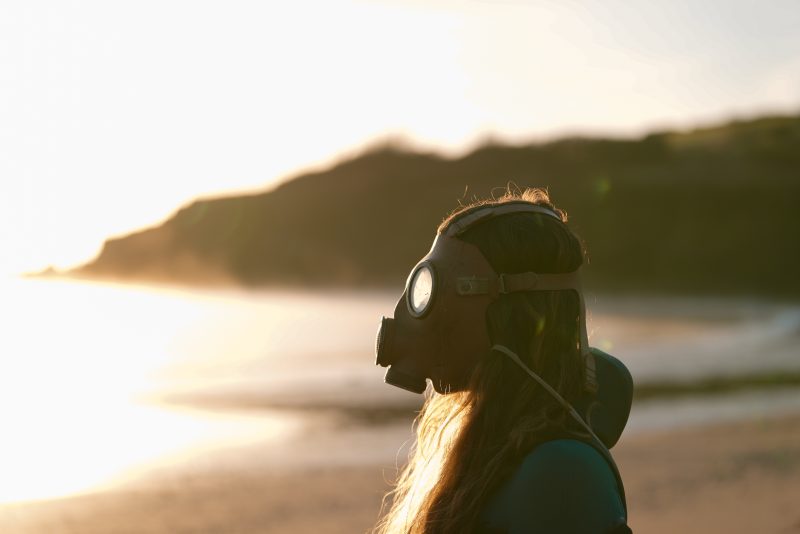
Water companies are pouring sewage into our rivers and ocean. They’re doing it every day. The phrase ‘Combined Sewer Overflow’ may sound technical, but when it comes down to it, it’s just a load of old sh*t.
What is a combined sewage system?
Across much of the UK, our sewerage network is set up as a ‘combined system’. This means that our sewage water and surface water flow into the same pipe system before travelling to a treatment plant. However, when the sewerage system becomes overloaded – because of heavy rainfall for example – water companies are allowed to use sewage overflows to discharge untreated human sewage and waste water into the environment.
How often are storm overflows being used?
Sewage overflows are meant to act as an emergency relief valve for our sewerage system to stop sewage backing up into our homes. Legislation states they should only be used in ‘exceptional circumstances’.
Despite this, we’re seeing hundreds of thousands of discharges happening every year. In 2024 alone, water companies discharged sewage into rivers and seas 592,478 times. That’s an eye-watering 4.7 million hours of sewage swamping our beaches and river banks.
And that’s just the discharges that water companies tell us about. At SAS we’ve become increasingly concerned that discharges are being used to regularly dispose of untreated sewage, even during times of low rainfall – or none at all. Our Safer Seas and Rivers Service notified users of thousands of sewage discharges affecting bathing waters last year. Read the full results in our Water Quality Report.
All this sewage entering the environment is wreaking havoc on our precious environment, and putting our health at risk. Check out how storm overflows are making us sick.




